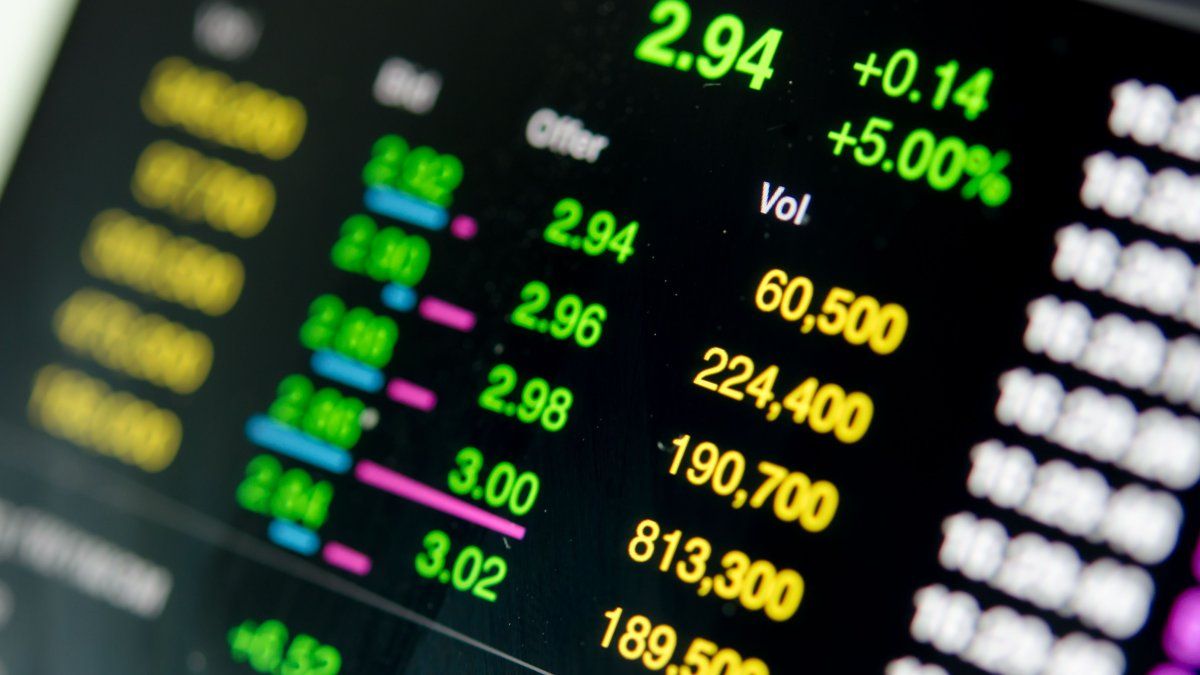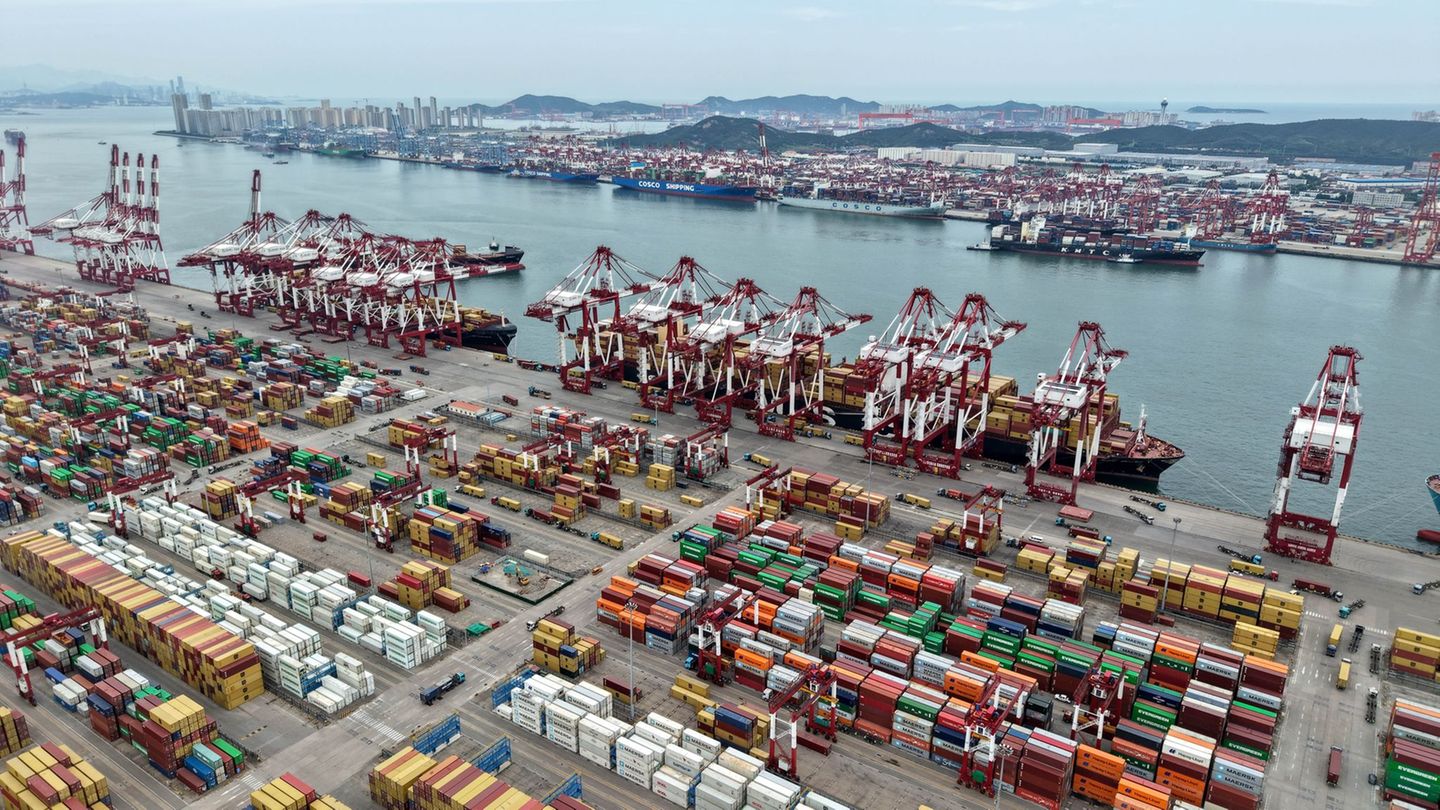In the last days of August, we have seen how the yields on assets in pesos have fallen significantly. A lecap in March 2025, which at the end of July yielded 55.1% annually, today yields 47.2% annually. It seems like a minimal difference, but it is enough to show that confidence is returning to the market. To this we must add that the Treasury, in the last tender, placed a one-year lecap in pesos at a rate of 58% annually, quite an achievement for the government, which is showing a rate curve in pesos that did not exist a year ago.
Inflation-adjusted peso bonds also improved substantially. At the end of July, the return rate on the TX26 bond, which is in pesos, is adjusted for inflation, pays an annual rate of 2.0%, amortizes in 5 consecutive semiannual installments starting in November 2024, yielded inflation plus 12.5% annually; currently, it yields inflation plus 6.9% annually.
Dollar-linked peso bonds, such as the TV25, which matures in March 2025, is adjusted for the wholesale dollar and pays an annual rate of 0.5%, had a negative annual yield of 11.5% at the end of July; it currently yields less than 8.7% annually.
The sovereign bond also shows a substantial improvement. The emblematic AL30 bond, which is the largest in the market and matures on July 9, 2030, pays an annual yield of 0.75%. At the end of July it was worth US$ 50.0 and its annual return rate was 27.2%; it is currently worth US$ 53.8 and yields 24.6% annually. The country risk at the end of July was 1,560 points; it is currently at 1,440 points.
The MEP dollar at the end of July was at $1,293 and today it is trading at $1,271.3. Meanwhile, the blue dollar, which was once trading at $1,500, is now trading at $1,315 and is approaching the MEP dollar in its price. Shares, through their indicator, the Merval index in dollars, went from trading at US$1,154 at the end of July to the current US$1,288.
YPF’s bond maturing in 2033 yielded 8.2% per year at the end of July and today yields 8.6% per year. A shorter-term negotiable bond, such as Pampa, which matures in December 2026, yielded 7.3% per year at the end of July and today yields 6.7% per year. Remember that negotiable bonds are subject to the payment of personal property.
Total dollar deposits as of July 31 were US$20.944 billion and currently amount to US$21.398 billion. Of this total, the largest difference is observed in private dollar deposits, which for the same dates went from US$18.587 billion to US$19.071 billion.
All these data reveal that we are witnessing a substantial improvement in the markets, which are not a panacea, but which help to cope with the current economic situation.
What’s coming up in September
The The US Federal Reserve could lower the short-term rate when it meets on September 18This could encourage a rise in emerging markets that would help a more significant recovery of Argentine financial assets.
The revaluation of the Chinese currency, the yuan, is enabling a recovery in agricultural raw materials. Although the American harvest was a success, we are seeing a recovery in the price of soybeans, which gives us hope that we are at a base price and that we should not expect further declines in the future. The same would happen in the case of corn and wheat.
The moratorium, the laundering of taxes and the advance payment of personal assets will end in September. We cannot rule out extensions; in fact, professional councils are already requesting them. However, an increase in collections, deposits in dollars and a decrease in country risk are beginning to be noticed.
In September we will know the Treasury balance for the month of August. The government will once again show a primary and financial surplus, accumulating 8 months of positive results for the public accounts, a significant fact for the Argentine economy.
Starting on Monday, the PAIS tax on goods and freight will be reduced from 17.5% to 7.5%. This will, over time, lead to a drop in prices for imported goods. Starting on December 23, 2024, this tax will disappear completely, which will cause the tourist dollar to drop and the tax on all goods and services to be zero. If we add to this the deregulation that the government is carrying out, with lower import tariffs, we could think of a drop in current inflation levels for the last quarter of the year, and a projection of inflation of less than 35% per year for the year 2025.
Conclusions
– In September, all financial assets rose significantly, except for negotiable bonds, which appear to have reached a bottom in their yields.
. – Assets denominated in pesos and pesos adjusted for inflation showed a sharp decline in their rates of return, which makes it attractive to look for assets with greater risk and profit potential.
– In this context, we see sovereign bonds and stocks with great possibilities of rising during the month of September, which could place the country risk around 1,200 points in the not too distant future, as occurred between the end of April and the beginning of May. This will imply that a bond like the AL 30, which is currently worth US$ 53.8, could be worth around US$ 60. A bond like the AL35, longer and with more volatility, which is currently worth US$ 45.29, could be worth around US$ 50 or a little more.
– Shares are very popular abroad and the possibility of higher profits is within reach here. Banking and energy stocks could yield good profits.
. – In short, we do not see a devaluation or a negative outcome with inflation. Instead, we see that the financial system is strengthening with greater purchases of dollars by the Central Bank and an increase in bank deposits in dollars. It is a signal that was expected from abroad and that was felt in the prices in the month of August, which could be the beginning of a bullish rally in financial assets from now until the end of the year.
Source: Ambito
I am a 24-year-old writer and journalist who has been working in the news industry for the past two years. I write primarily about market news, so if you’re looking for insights into what’s going on in the stock market or economic indicators, you’ve come to the right place. I also dabble in writing articles on lifestyle trends and pop culture news.




